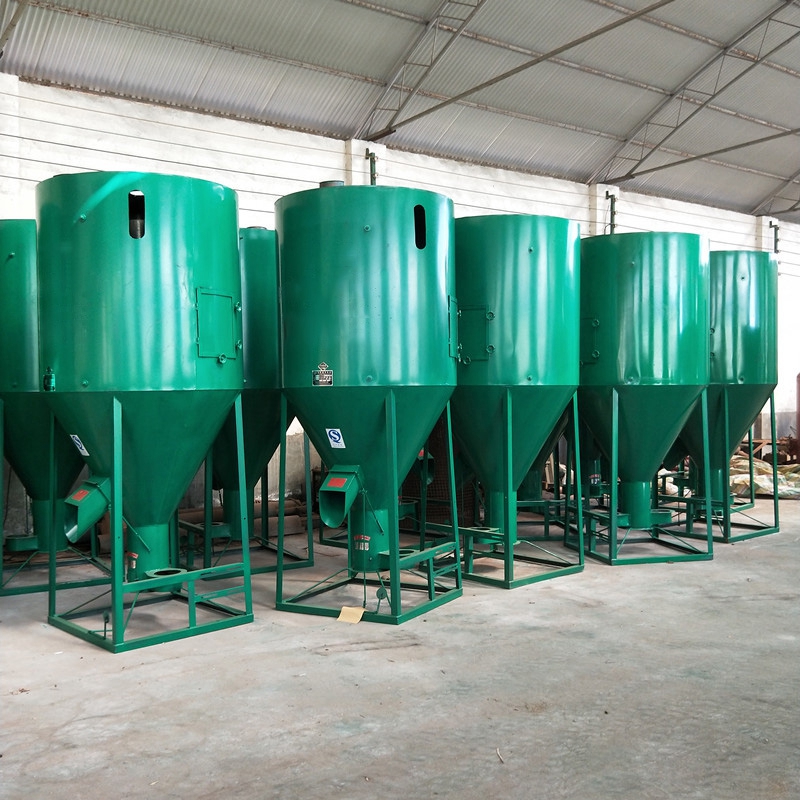automatic chicken scalder
Dec . 16, 2024 18:54 Back to list
automatic chicken scalder
The Evolution and Importance of Automatic Chicken Scalders in Poultry Processing
In the poultry industry, efficiency and hygiene are paramount. As global demand for chicken continues to rise, so does the need for optimized processing solutions. One such innovation that has dramatically transformed the poultry processing sector is the automatic chicken scalder. This essential piece of equipment plays a crucial role in preparing chickens for plucking and ultimately ensures that the meat is ready for sale while meeting stringent health standards.
Understanding the Scalder
A chicken scalder is designed to immerse freshly processed chickens in hot water at a specific temperature, which helps loosen feathers for easier plucking. The automatic chicken scalder takes this process a step further by integrating automation to streamline operations. Unlike traditional methods that require manual labor, automatic scalding systems are equipped with advanced technology that regulates water temperature, timing, and immersion speed. This not only saves time but also enhances efficiency, consistency, and safety in the production line.
Benefits of Automatic Scalder
1. Efficiency and Speed One of the primary advantages of using an automatic scalder is the significant reduction in processing time. Traditional scalding methods often rely on human operators to monitor and adjust water temperatures and immersion times, which can lead to inconsistencies. Automatic scalders ensure that birds are processed quickly and uniformly, allowing for a greater number of chickens to be prepared in a shorter timeframe.
automatic chicken scalder

2. Quality Control Automatic scalders are equipped with sensors and control systems that maintain optimal water temperatures, ensuring that the scalding process is effective without compromising the quality of the meat. Proper scalding not only helps in feather removal but also prepares the skin for subsequent processing steps, making it more appealing to consumers.
3. Hygiene Standards In an industry where food safety is critical, automatic chicken scalders play a vital role in maintaining hygiene. These systems are designed to minimize the risk of contamination through automated water recycling processes and regular cleaning cycles. By reducing human interaction and improving sanitation standards, automatic scalders help businesses adhere to regulatory requirements and enhance consumer confidence.
4. Labor Cost Savings The integration of automation in the scalding process leads to a reduction in labor costs. With fewer workers needed to oversee the operation, poultry processing facilities can allocate resources more effectively. This also allows for redeployment of employees to other tasks that may require manual intervention, ultimately leading to improved overall productivity.
5. Scalability and Flexibility Automatic chicken scalder systems can be tailored to meet the specific needs of various processing plants. They can be scaled up or down depending on demand, allowing poultry processors to adapt to changing market conditions without significant capital investment in new equipment. This flexibility is crucial in an industry characterized by fluctuating consumer preferences and market dynamics.
Conclusion
The automatic chicken scalder represents a significant advancement in poultry processing technology. By improving efficiency, ensuring quality, maintaining hygiene, reducing labor costs, and offering scalability, these systems have become essential for modern poultry processing facilities. As the industry continues to evolve, innovations like automatic scalders will play an increasingly vital role in meeting consumer demands and upholding the highest standards of food safety. In a world where food processing efficiency is directly linked to sustainability and profitability, investing in such technologies is not just a choice but a necessity for poultry producers aiming to thrive in a competitive marketplace.
-
Automatic Feeding Line System-Pan Feeder Nipple Drinker|Anping County Yize Metal Products Co., Ltd.
NewsJul.29,2025
-
Hot Sale 24 & 18 Door Rabbit Cages - Premium Breeding Solutions
NewsJul.25,2025
-
Automatic Feeding Line System Pan Feeder Nipple Drinker - Anping County Yize Metal Products Co., Ltd.
NewsJul.21,2025
-
Automatic Feeding Line System Pan Feeder Nipple Drinker - Anping County Yize Metal Products Co., Ltd.
NewsJul.21,2025
-
Automatic Feeding Line System - Anping Yize | Precision & Nipple
NewsJul.21,2025
-
Automatic Feeding Line System - Anping Yize | Precision & Nipple
NewsJul.21,2025






